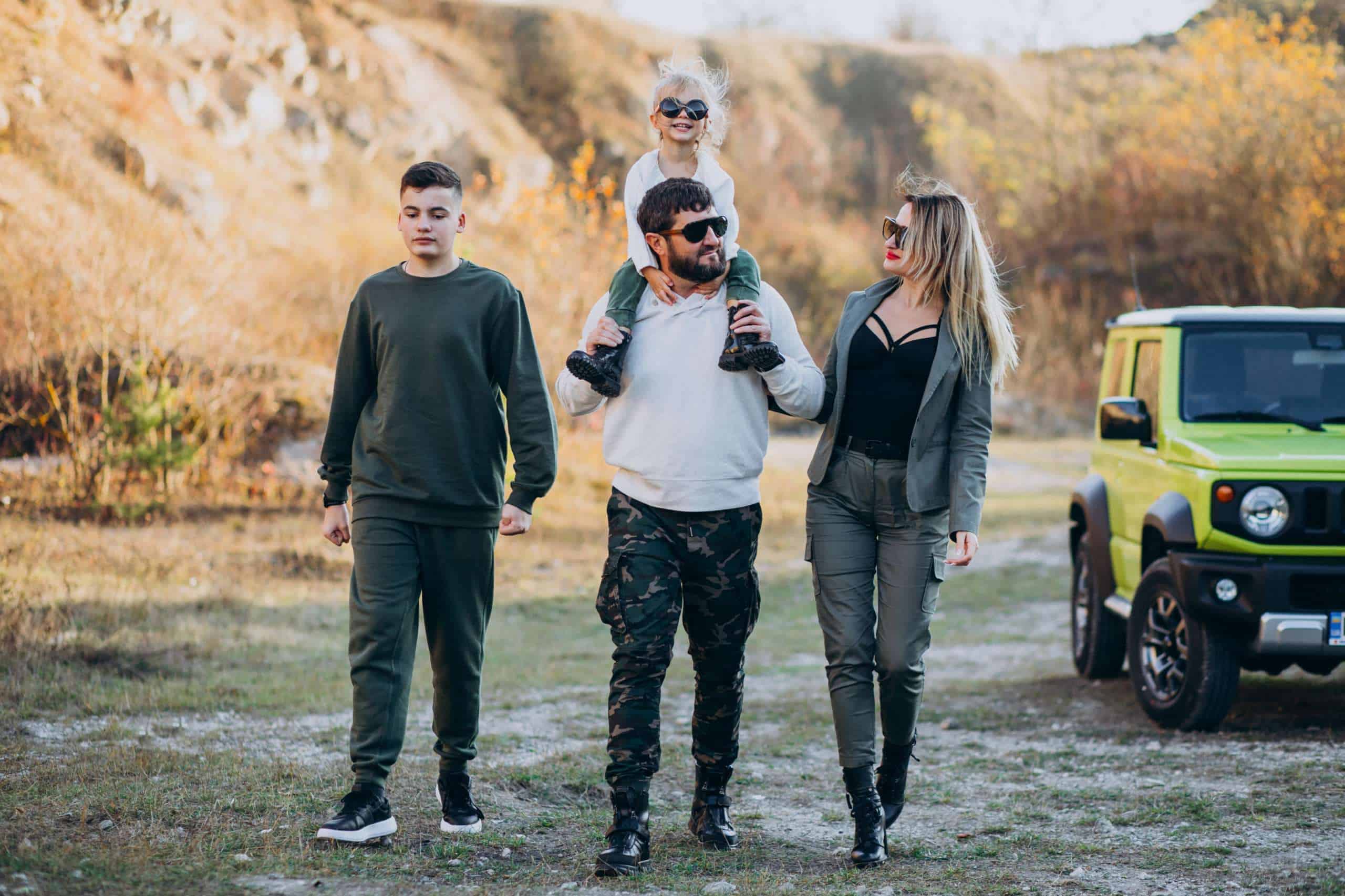
Sponsored article
Family has suggested hiking in the mountains and you don’t know what to bring with you? Wondering how to match your outfit? Use our tips!
You never know what kind of weather you’re going to encounter, so it’s important that everyone in the family has well-adapted clothing. Keep in mind that weather conditions can change within a few hours, so bring a jacket, sweatshirt, and pants to change into. Extra clothes will give you a guarantee of being well prepared for any possibility.
However, the most important thing in trekking is comfortable shoes, because they will give you comfort while walking and climbing. The shoes should be made of leather material and waterproof, which will protect your feet from getting wet and allow your skin to breathe. In addition, it is good that it has a solid lacing to immobilize the ankles. You can find a wide selection at butomaniak.pl. An important element of shoes is a foam sole, which cushions unexpected slips. You should choose such material, which does not pinch or rub the skin. In addition, it is worth getting an antibacterial insole, which protects feet, e.g. against fungus. During longer hikes you should invest in special socks, which provide thermal comfort and do not cause abrasions, burns or blisters.
If you go trekking in autumn and winter, take a jacket with you to protect you from wind and rain. When climbing, you may get sweaty, and a jacket will ensure that you don’t get chilled. Make sure the material is not too thick, as you will be more tired and your skin will not breathe. Do not wear cotton or woolen coats, as they are heavy and will make you tired much faster. You should also take care of your head, so get some headbands or hats to protect your ears from the wind and sun (if you plan to hike in summer).
In addition to jackets, it is important to have a soft, warm sweatshirt to maintain proper body temperature. Adjust it to the weather conditions, e.g. fleece for winter and stretch for summer.
Take care of thick and flexible pants if you are going to the mountains in winter or autumn. On the other hand, they can be a little lighter in the summer. Comfortable synthetic fiber material will guarantee comfort while climbing or ascending a steep trail. Polyester will not only keep you comfortable, but it will naturally let moisture pass through and allow your skin to breathe.
On longer walks, you’ll find it useful to have poles to help support you on steep surfaces. A good choice would be lightweight, foldable equipment that you can stow in your backpack because you won’t always use them when you get to a trail. This gadget is not necessary, but if you decide to buy it, pay attention to whether the product is made of aluminum, so that the equipment will last a few extra years. Also check if there are forked ends on the ends of the rods – they provide stability. Don’t forget to properly choose the handles, which should be in the shape of rubber grips, as this improves the use of the poles. Before hitting the trail, update the Google map on your mobile app and make sure your GPS is working in case you get lost. It’s also a good idea to prophylactically change the battery in your flashlight to light your way in the evening hours and take a hard copy map.
Hiking for hours in the mountains or at higher elevations can be tiring, so be sure to bring food. The backpacks you take with you are great places to store your meal. You can pack treats in plastic containers and pour water in a bottle. It’s important to regularly provide your body with essential vitamins that will improve performance and give you energy, so take bananas, apples, nuts or candy bars with you – you’ll be able to consume them freely while walking.
In addition to extra clothing and food, make sure you have first aid supplies. If you have an accident, you will be able to respond very quickly because you will have things like: hydrogen peroxide, plasters, ointments for bruises, and pills. Emergencies require immediate response and you will be well prepared.
Featured Image: Freepik